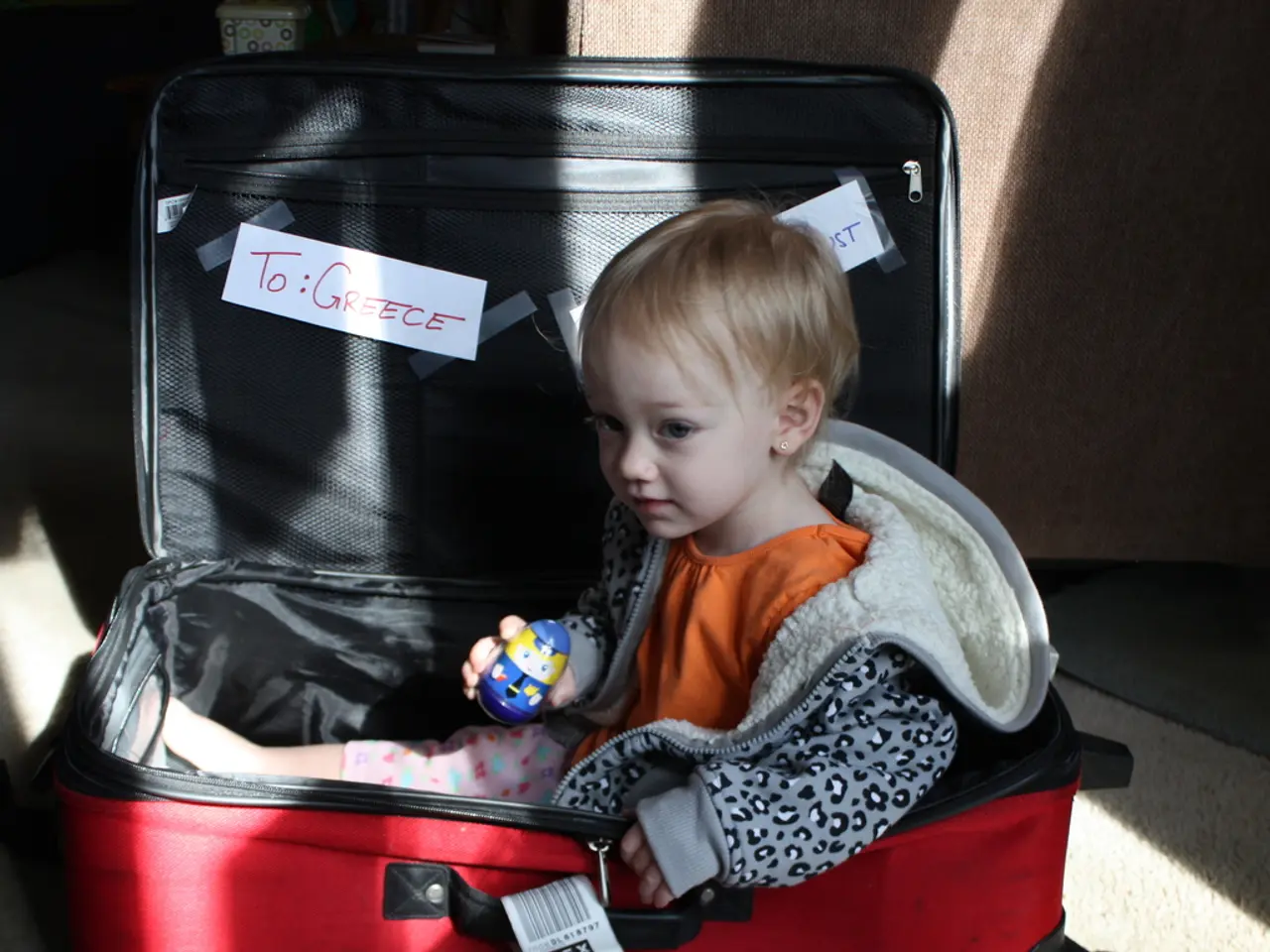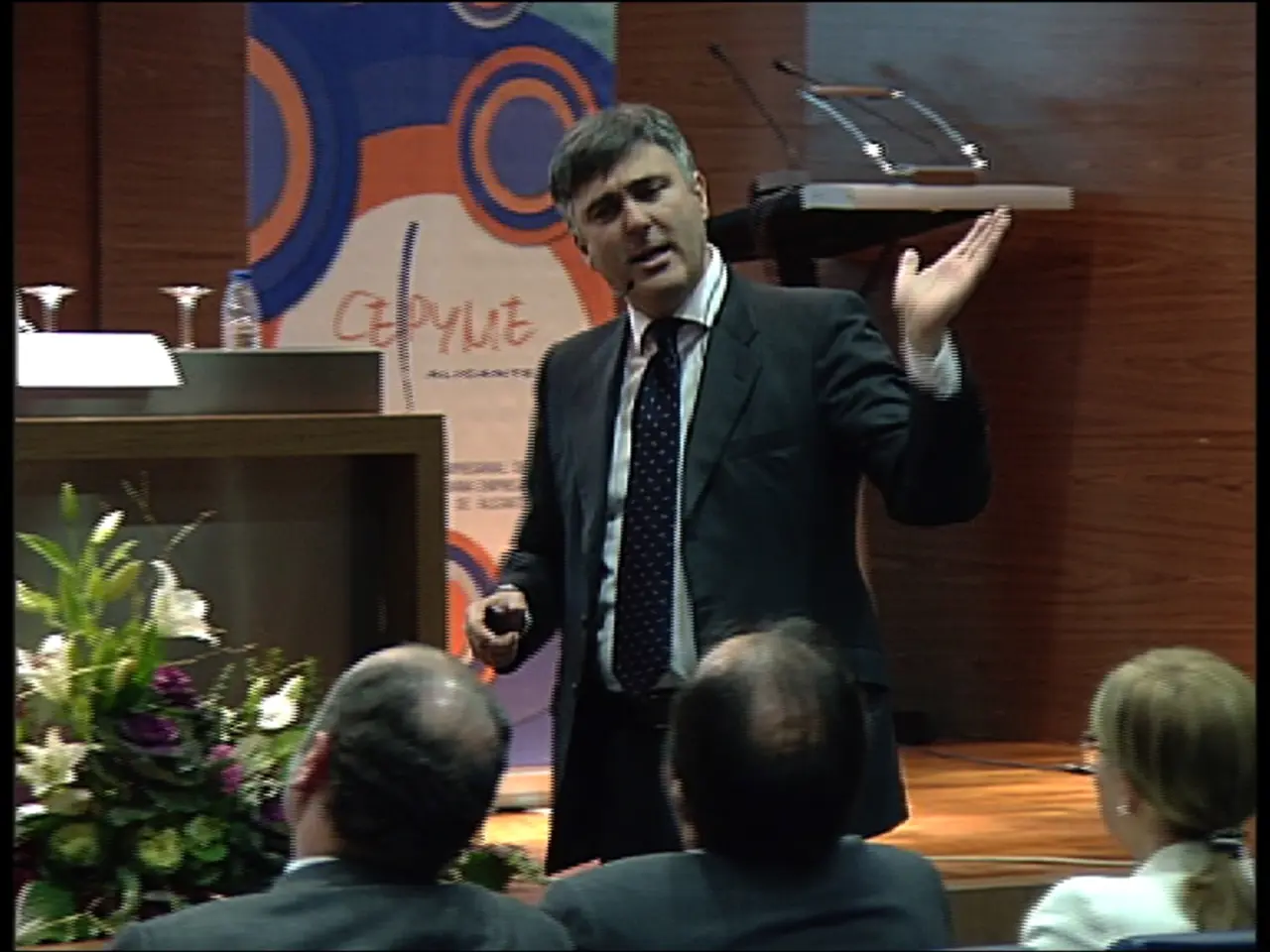Child Poverty Prevalence: Over One-Tenth of Children Across Europe Struggle with Poverty
In the European Union, material deprivation among children, particularly in Greece, Romania, and Bulgaria, remains a significant concern. A recent Eurostat report indicates that 13.6% of children under the age of 16 experience material deprivation, with the highest rates recorded in Greece (33.6%), Romania (31.8%), and Bulgaria (30.4%) [1].
The root causes of this issue are interconnected. High rates of severe material and social deprivation, poverty, and social exclusion, coupled with economic instability in households, contribute to the problem [1]. In Greece, for instance, about one in three children under 16 faces material deprivation [3][4].
To combat this issue, a multi-faceted approach is necessary. Strengthening social protection systems, such as child benefits and family allowances, can help reduce economic hardship and material deprivation in vulnerable children [1]. Improving employment opportunities and work intensity through job creation, vocational training, and employment support policies can increase household incomes [1].
Investing in education and social inclusion initiatives is also crucial. By ensuring children from deprived households have access to necessary resources and opportunities, we can mitigate deprivation [1]. Countries like Greece, Romania, and Bulgaria could benefit from increased EU structural funds and national policies aimed at reducing child poverty and material deprivation through comprehensive child welfare strategies [1].
Continued collection and analysis of detailed data on material deprivation, as done by Eurostat, help tailor effective interventions and assess progress [1]. However, it's essential to remember that a holiday away from home, a meal with meat or fish daily, new clothes, fruits and vegetables, leisure equipment, and even an internet connection may not be options for children experiencing material deprivation [2].
While Italy's rate of child deprivation is higher than Croatia, Slovenia, and Sweden but lower than Greece, Romania, and Bulgaria, the European average rate is still higher than that of Croatia, Slovenia, and Sweden but lower than that of Greece, Romania, and Bulgaria [2]. It's a pressing issue that requires immediate attention and collective action to ensure every child in the EU has the opportunity to grow and thrive in a supportive and nurturing environment.
References: [1] Eurostat (2023). Material Deprivation of Children in the EU. [2] Eurostat (2023). Child Deprivation Rates in EU Countries. [3] Greek Statistical Authority (2024). Material Deprivation Among Children in Greece. [4] Bulgarian National Statistical Institute (2024). Material Deprivation Among Children in Bulgaria.
Science and health-and-wellness initiatives played a vital role in addressing the root causes of material deprivation among children in the European Union, particularly in Greece, Romania, and Bulgaria. For instance, investments in education and social inclusion could ensure children from deprived households have access to necessary resources and opportunities, thereby mitigating deprivation. Additionally, research and innovations in the fields of social policy and child welfare could provide insights into effective strategies for reducing child poverty and material deprivation.




